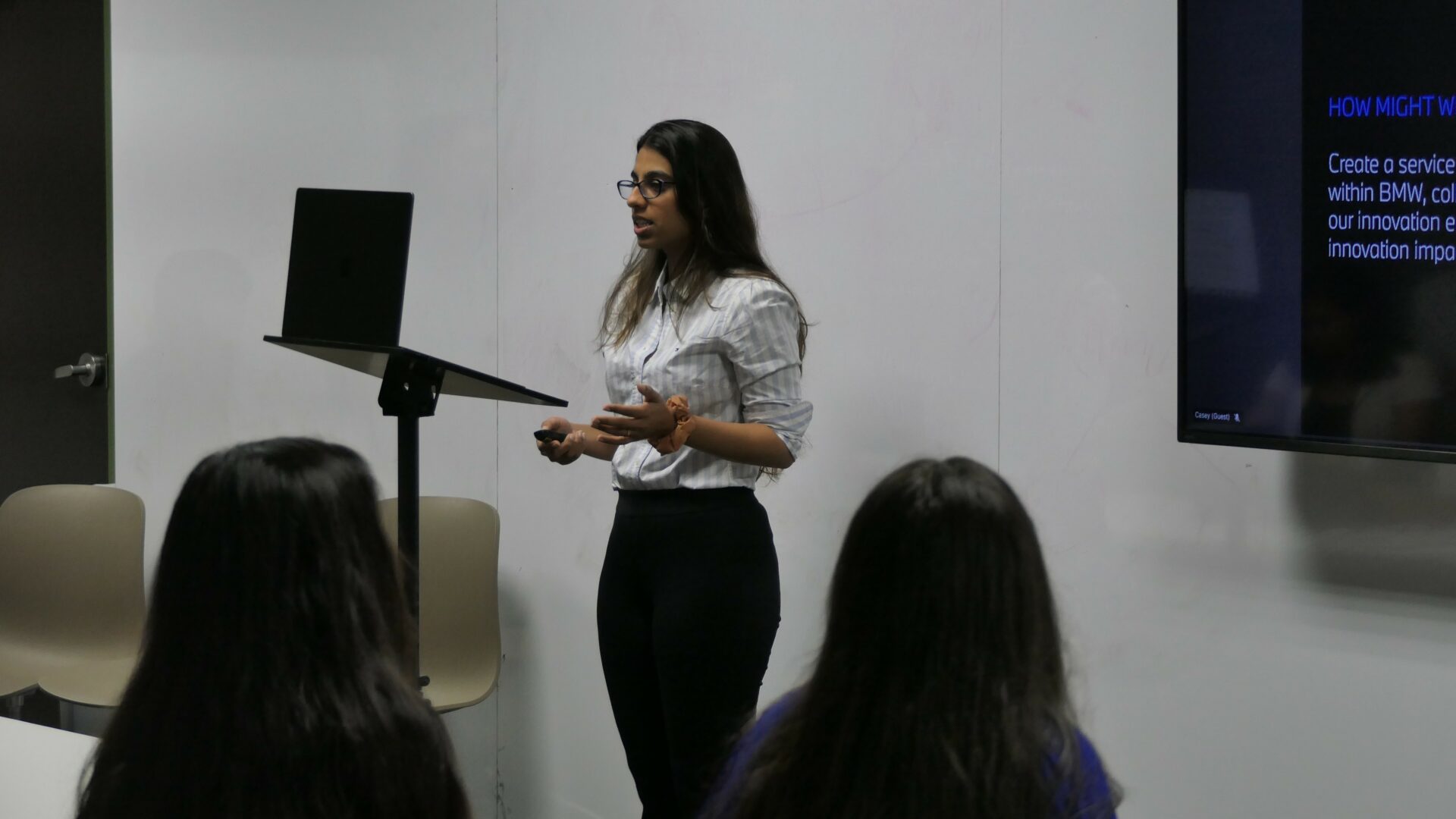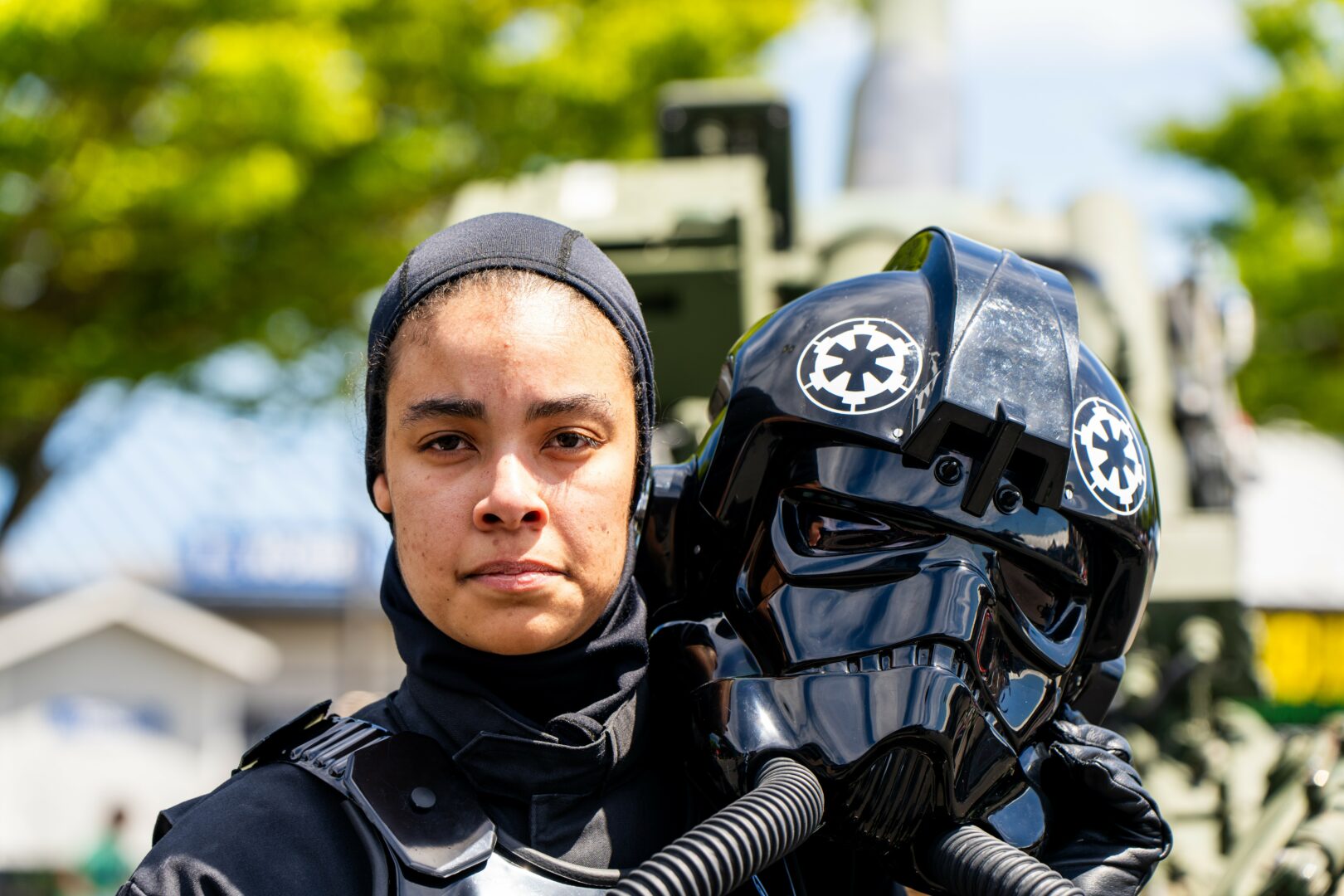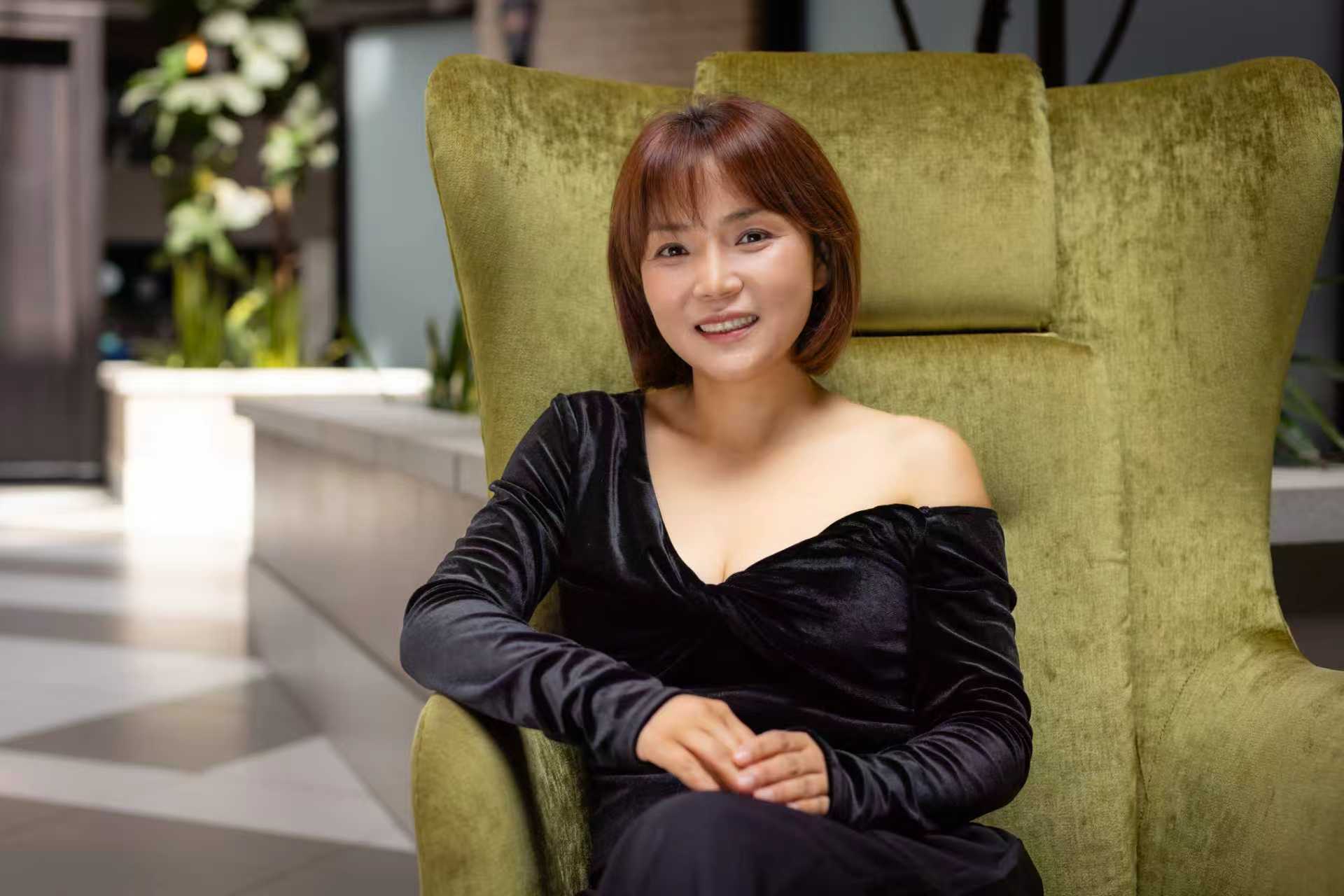We caught up with the brilliant and insightful Hitasha M. a few weeks ago and have shared our conversation below.
Hi Hitasha, so excited to have you with us today and we are really interested in hearing your thoughts about how folks can develop their empathy? In our experience, most folks want to be empathic towards others, but in a world where we are often only surrounded by people who are very similar to us, it can sometimes be a challenge to develop empathy for others who might not be as similar to us. Any thoughts or advice?
Empathy, for me, is where design truly begins. As a service designer, I often hear conversations about impact, metrics, and business outcomes now, but all of that must ultimately be grounded in human value. That sense of direction, that north star, is what gives our work meaning.
The conditions that allowed me to develop empathy came from both the people around me and my craft. Early on, I was introduced to the distinction between empathy and sympathy. I understood that empathy isn’t just about feeling for someone, but feeling with them. My design education deepened that understanding by teaching me how to listen, observe, and interpret experiences without judgement. I still remember that when I first started out and had to conduct interviews, I would always go in prepared with multiple questions. However, soon I realised that what truly mattered wasn’t what I asked, but how I listened. People have told me that I’m one of the few who didn’t try to finish their sentences. Those moments have stayed with me. It reminds me that empathy often lives in silence, in the space that you create for others to be heard. They could be co-creation workshops, contextual studies or just observing.
At the same time, my family and peers shaped this quality in more personal ways. I grew up in an environment where curiosity and kindness were encouraged, where listening was as important as speaking. This nurtured my ability to be present and open to perspectives different from my own.
Over time, I’ve come to see empathy not just as a soft skill, but as a design capability. One that enables the creation of shared spaces of understanding, because it’s this shared understanding that allows design to move from intent to meaningful impact. Ultimately, design isn’t just about solving problems, it’s about creating conditions for everyone to thrive.
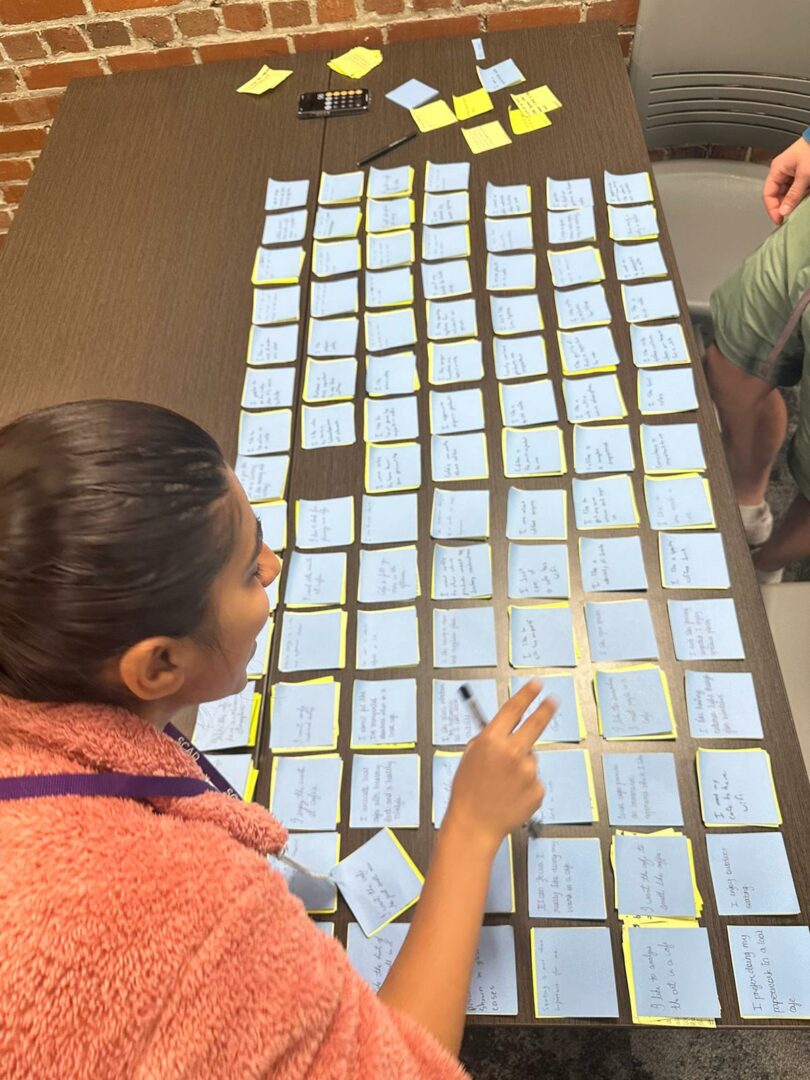
Thanks for sharing that. So, before we get any further into our conversation, can you tell our readers a bit about yourself and what you’re working on?
I am a recent Service design graduate passionate about creating experiences that make systems feel more human. My work sits at the intersection of design research, strategy, and storytelling, understanding people’s needs and translating that insight into meaningful solutions that work across both digital and physical touch-points. I’ve had the opportunity to work across several verticals, including B2B SaaS, hospitality, employee experience, automotive and non-profit sectors.
What excites me most about service design is how it balances empathy with impact. It’s not just about designing what people use, but understanding why they use it and how it fits into their lives. I’m fascinated by the invisible layers, the systems, emotions, and interactions that shape experiences behind the scenes. There’s a special kind of magic in co-creating with people, not just for them. I’m especially drawn to projects that address social or civic challenges.
As someone early in my career, I’m also currently exploring how emerging technologies like AI can be guided by empathy and ethics in services. Beyond the work itself, I love being part of the service design community, sharing and learning. This is why, recently, I attended the Service Design Global Conference 2025, an incredible experience that deepened my curiosity about collaboration, change, and the evolving role of design in complex systems.
At the heart of everything I do is a belief that design should help people feel seen and understood. Moving forward, I’m focused on applying service design to real-world impact, contributing to research that bridges technology and empathy, and helping shape inclusive systems that work better for everyone.
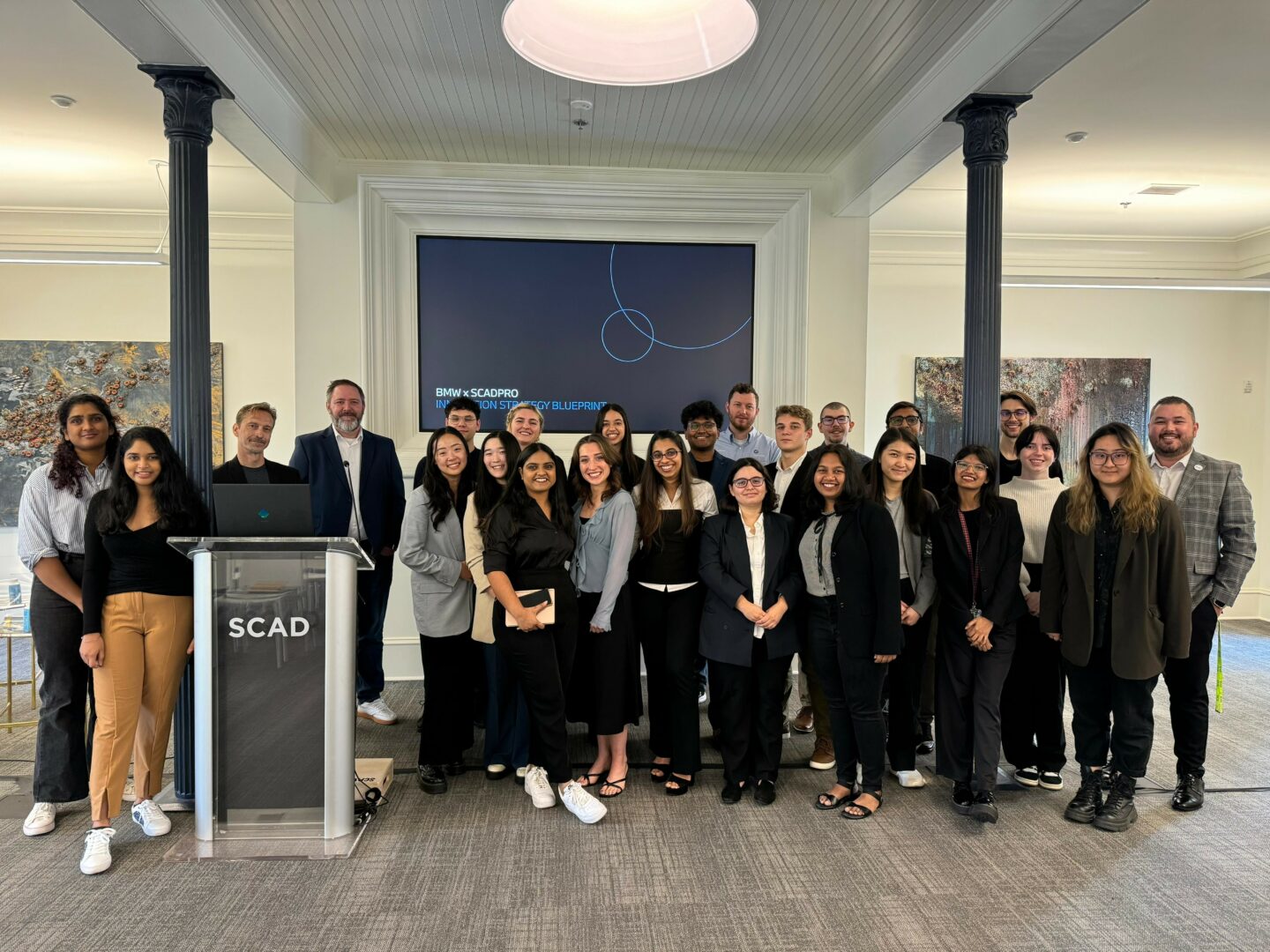
There is so much advice out there about all the different skills and qualities folks need to develop in order to succeed in today’s highly competitive environment and often it can feel overwhelming. So, if we had to break it down to just the three that matter most, which three skills or qualities would you focus on?
Looking back, the qualities that I believe have shaped my journey most have been constant child-like spirit of exploration, resilience and the art of collaboration.
The first one, the spirit of exploration, has guided how I approach both design as well as life. This covers the curiosity of depth as well as lateral thinking. It’s about wanting to go beyond the surface for answers, asking questions that get to the root of a challenge. All while exploring the concept sideways, connecting ideas across different contexts. Whether working in B2B SaaS, or non-profit settings, I’ve found that real insight often comes from looking where others miss and trying out what others might fear. My advice is usually simple, slow down enough to think deeply, and stay open enough to accept the broader picture.
The second one, resilience, has been equally transformative. For me, it also encompasses perseverance, dedication, adaptability and learning through failure. Some of my most valuable lessons came from ideas that didn’t land or directions that had to be rethought. Failure isn’t final, it’s information. I began to see those moments not as setbacks, but as vital steps in refining my judgement and perspective, enough to come back stronger.
And lastly, collaboration, which ties everything together, is truly an art. So much of design, and life itself, depends on our ability to co-create with others. Collaboration taught me humility. It taught me that no person holds the full picture, and that the best results come from collective energy. For anyone early in their journey, I’d just say that invest in relationships, not just numbers. Listen, share, and build with people.
These three qualities have shaped a lot of who I am today, as a designer, as a teammate, and a learner. Exploration keeps me questioning, resilience keeps me moving, and collaboration keeps me connected. Somewhere at the intersection of these is where meaningful impact begins.

Okay, so before we go we always love to ask if you are looking for folks to partner or collaborate with?
Absolutely! Like I’ve said, collaboration has always been at the heart of how I work and how we grow. I’m especially interested in partnering with designers, researchers, strategists and organisations who are exploring how design can create more human centered, ethical and inclusive systems. This could be in civiv services, technology, or even social innovation spaces.
I’m drawn to projects that sit at the intersection of design, systems thinking and emerging technology. Those that imagine better solutions for people and services to connect. Whether it’s a speculative project, a service design sprint, or a community based initiative, I love working with people who are curious, kind and willing to build together.
If any of this resonates, I’d love to connect! You can reach me through linkedIn or my website, where I often share my thoughts and current projects. Looking forward to new collaborations and conversations ahead!
Contact Info:
- Website: https://www.hitashadesigns.com/
- Linkedin: https://www.linkedin.com/in/hitasha-mehta-m-a-92171a188/
- Other: Blog/Medium: https://hitashamehta.medium.com/
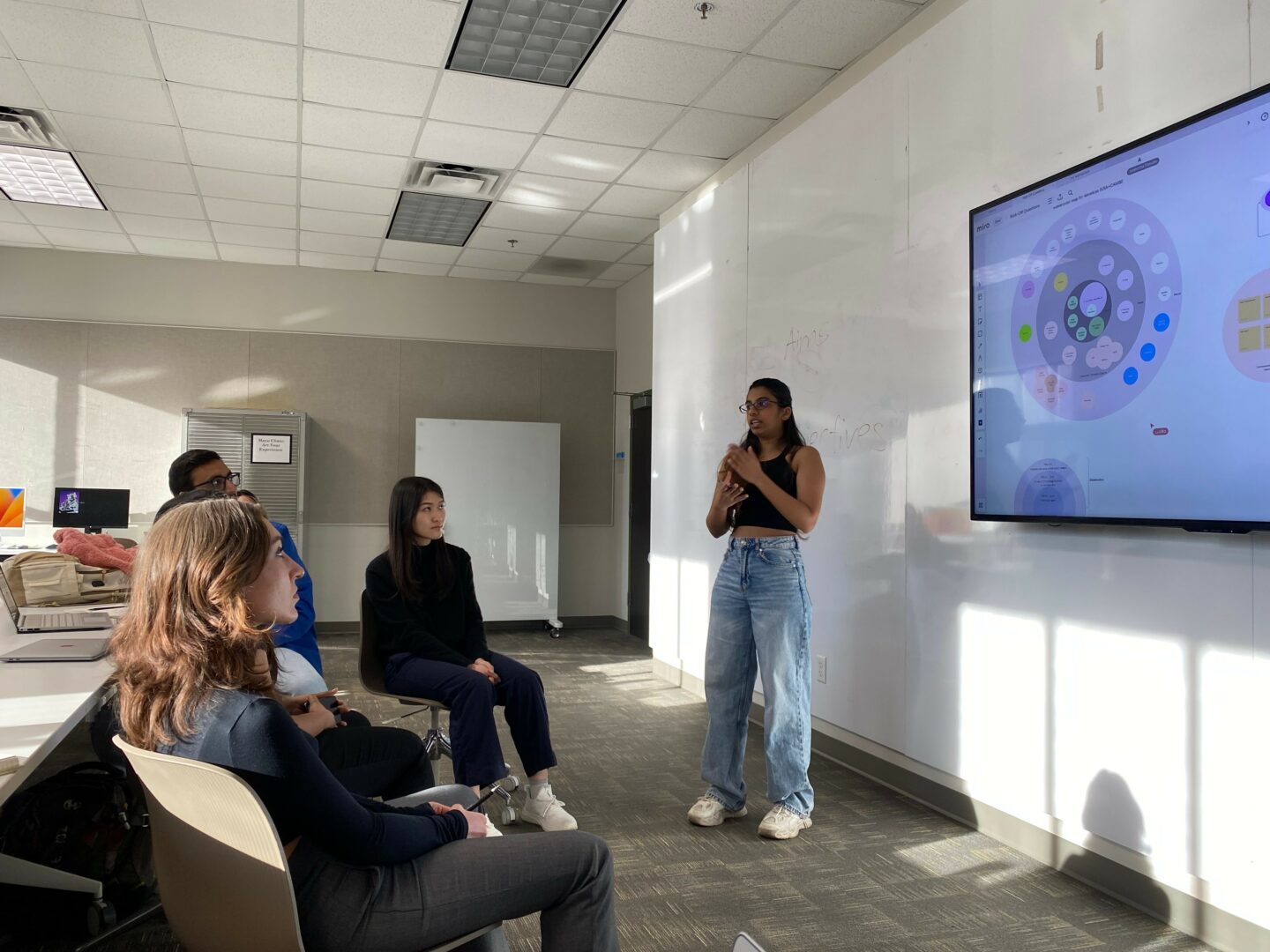

so if you or someone you know deserves recognition please let us know here.

